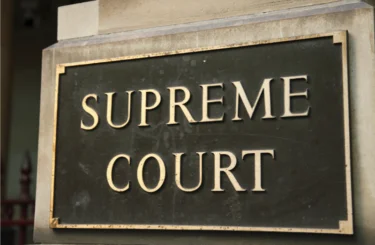
Minimum Wage Rates to Increase in Twenty-Four States and Forty-Eight Cities Throughout 2020
With 2020 upon us, several states and cities will answer that call and continue the incremental movement toward the $15.00-per-hour mark.
Across the U.S., peoples’ voices have been heard in their pleas for a $15 minimum wage. With 2020 upon us, several states and cities will answer that call and continue the incremental movement toward the $15.00-per-hour mark, either finally establishing that rate or maintaining their upward trends.

Wage Increases Taking Effect On, Before, and After January 1, 2020
On the first of the year, 17 major cities and counties boosted their minimum wages to $15.00. Later in 2020, another four states and 23 counties and cities (including Washington D.C., Los Angeles, and Saint Paul, Minnesota) will reach the $15.00 level. New York, San Francisco, and other metros have already met or exceeded the mark.
States that increased their minimum wage as of January 1, 2020, include, among others, California, Illinois, Maine, Michigan, and New York. In some jurisdictions – such as Connecticut, Illinois, Maryland, Massachusetts, and New Jersey – the increases are the first of several to will be phased in over many years on the way to $15.00 per hour. In total, minimum wages will increase in a record-high 72 jurisdictions during 2020.
For those who question the upward nationwide trend, the answer is simple – states and cities can no longer rely on the outdated and shockingly insufficient federal hourly minimum wage of $7.25 an hour established under the Fair Labor Standards Act.
State and Local Governments Do What Congress Has Not
The federal minimum wage has not been revised since 2009. In July 2019, the Democrat-controlled House of Representatives moved to phase in a nationwide increase to $15.00 an hour by 2025. The Republican-majority senate quickly dispatched that legislation, however, refusing to even debate the bill.
Because of Congress’s delay or unwillingness to act, states and cities have taken matters into their own hands. No longer will companies inadequately compensate employees with low wages while the cost of living skyrockets.
Sadly, 21 states still adhere to the $7.25 federal rate. Opponents to minimum wage reform cite business closures, workforce reductions, job automation, and other economic consequences that will result from high wages. Despite the growing disparities between executive compensation and employee earnings, those opponents argue that employers should decide whether to increase workers’ wages rather than Congress or state legislatures.
For now, state and local legislators seem unpersuaded by these arguments and have instead chosen to act on behalf of American workers.




